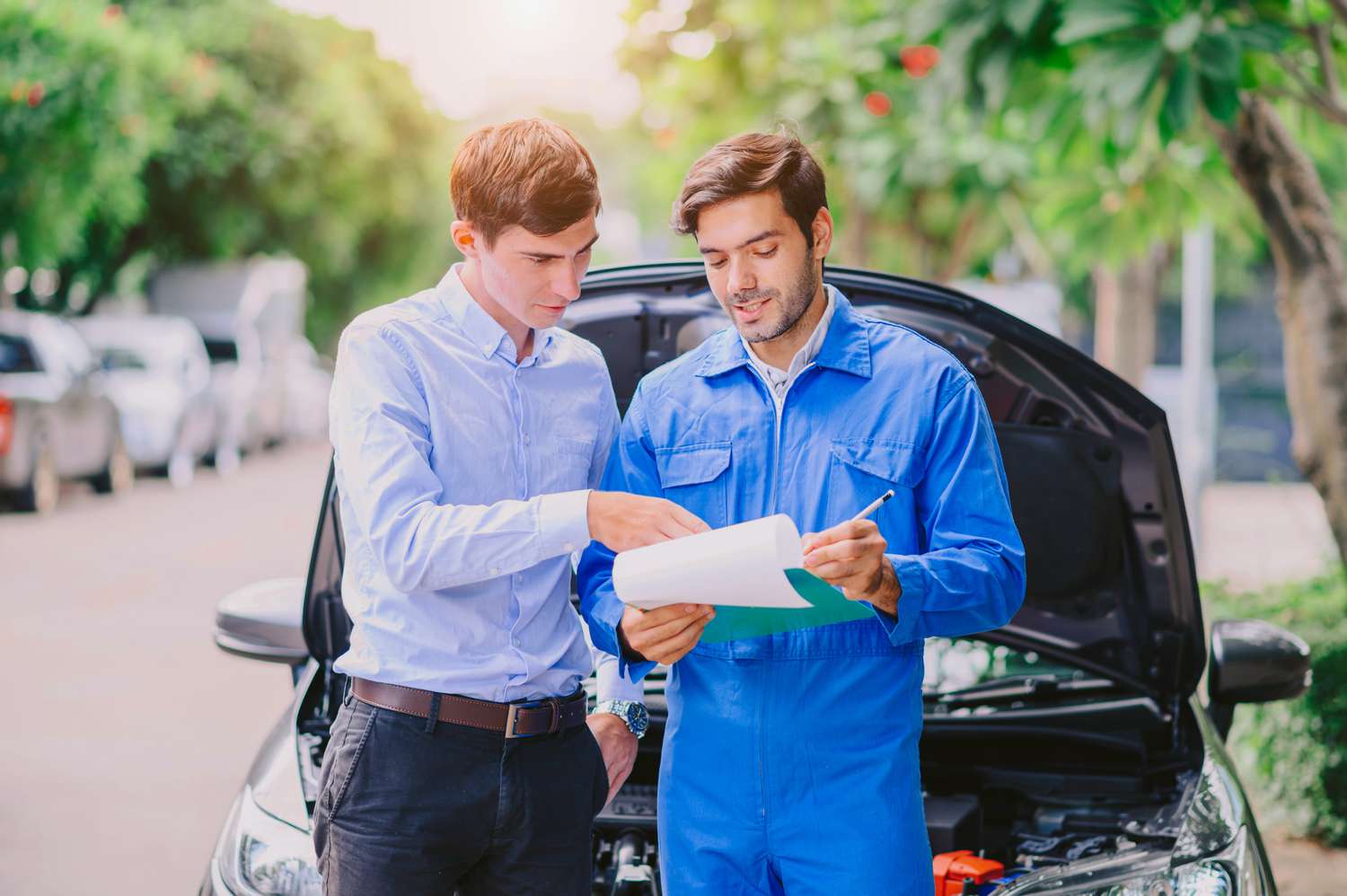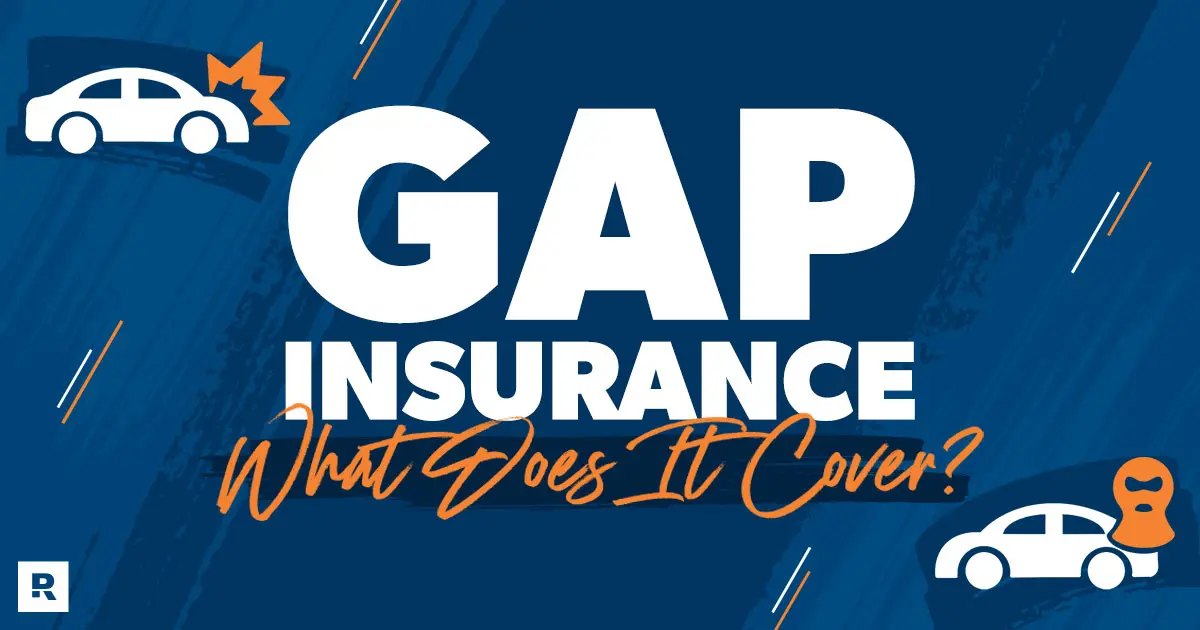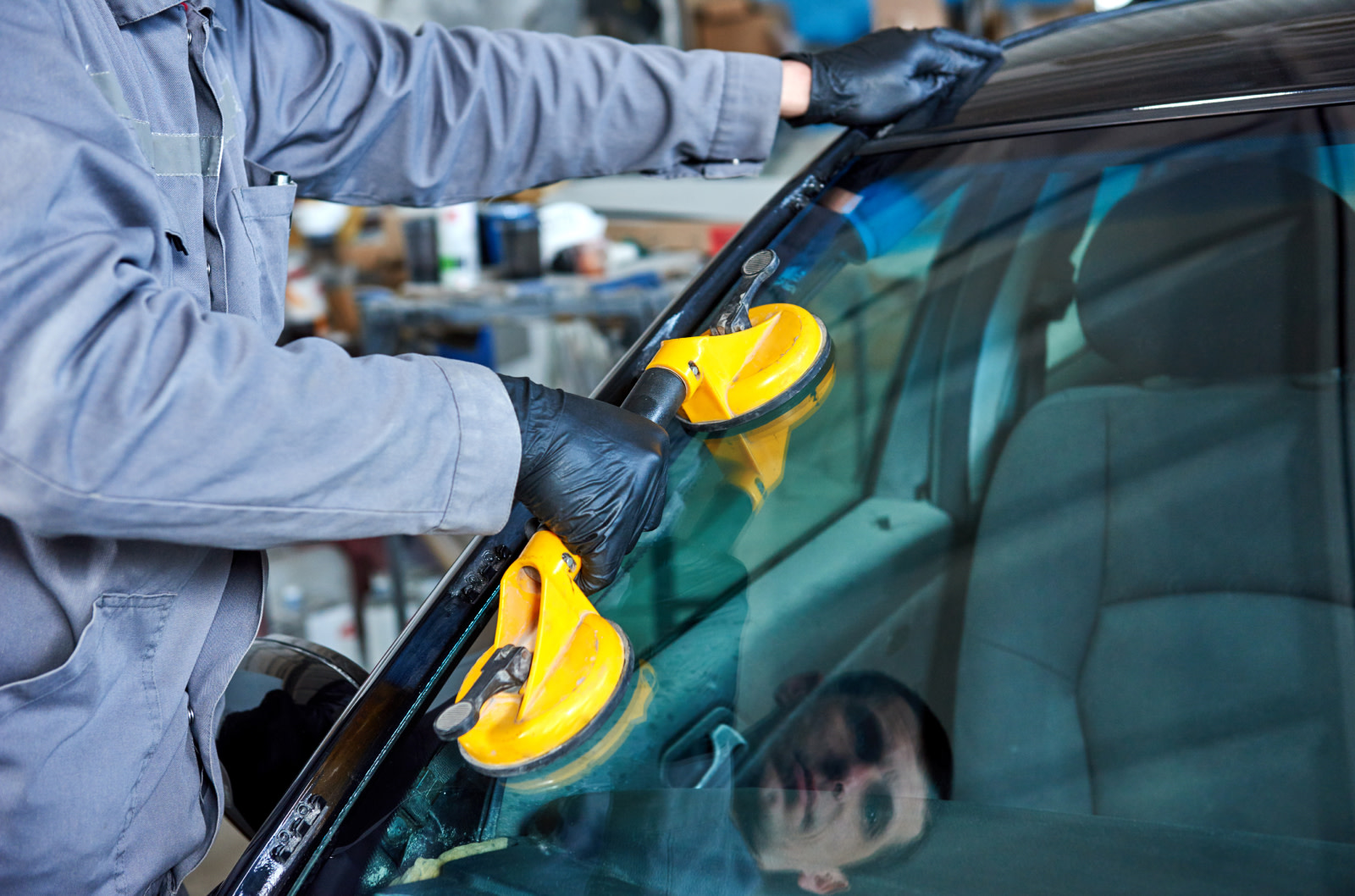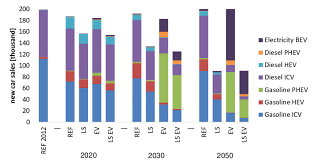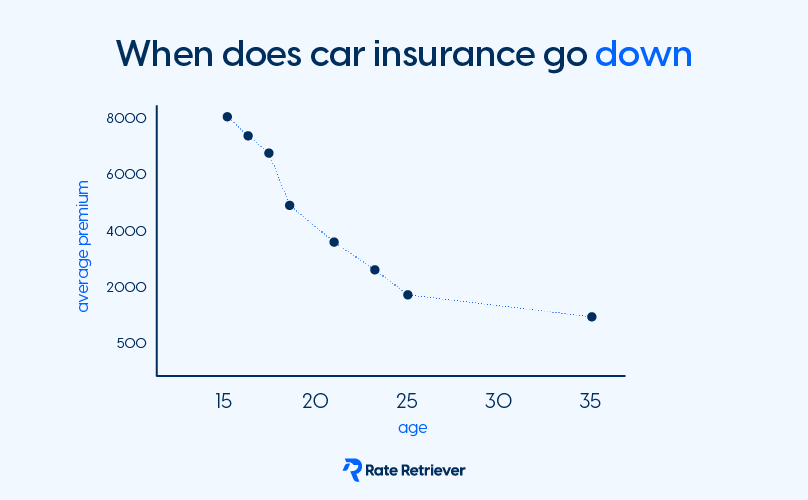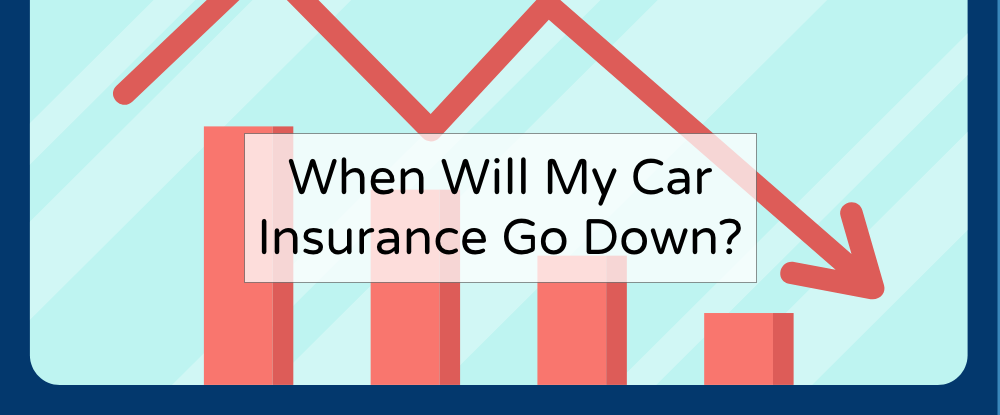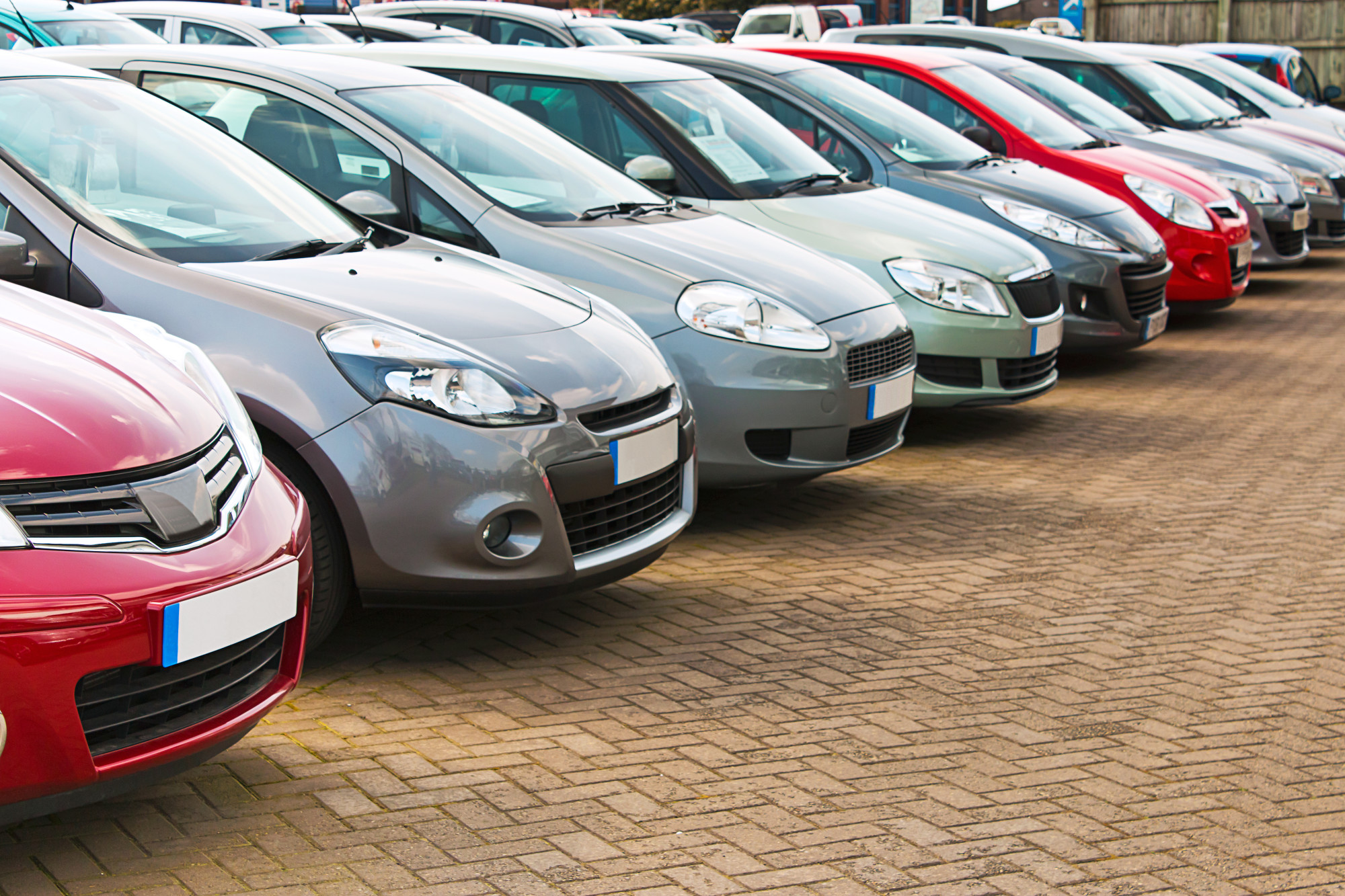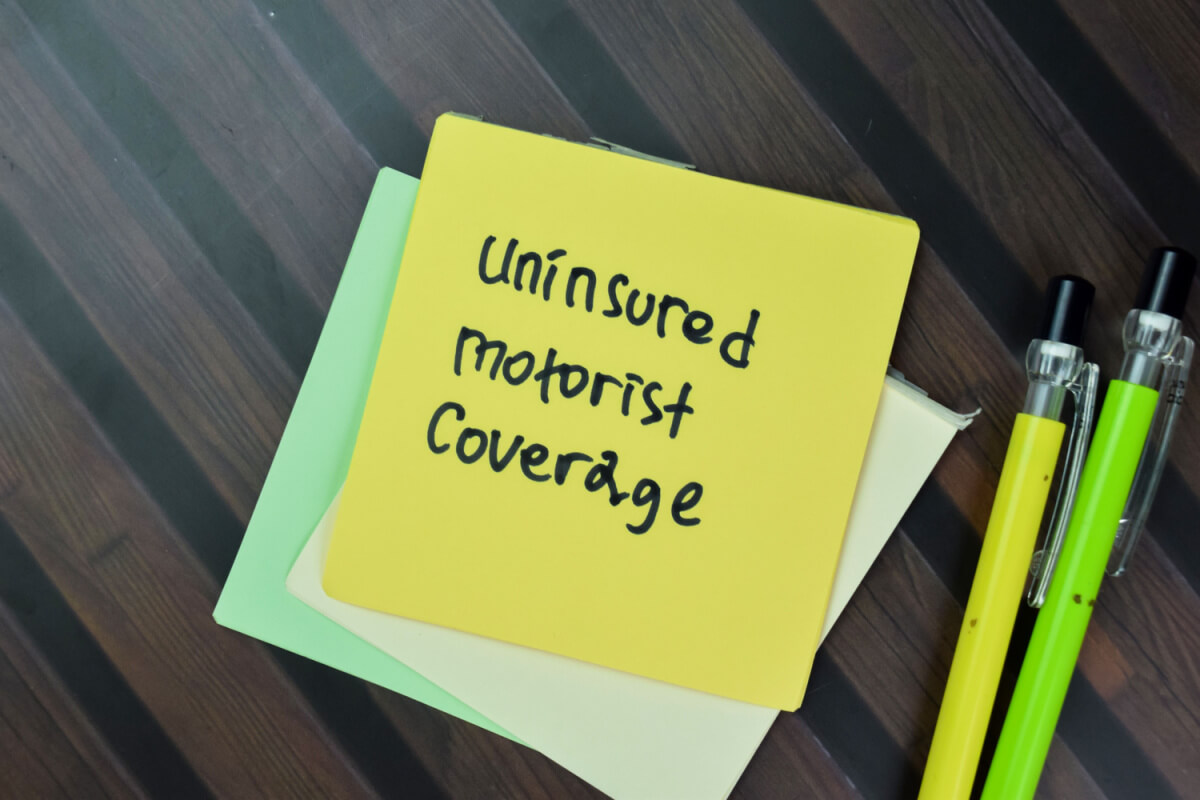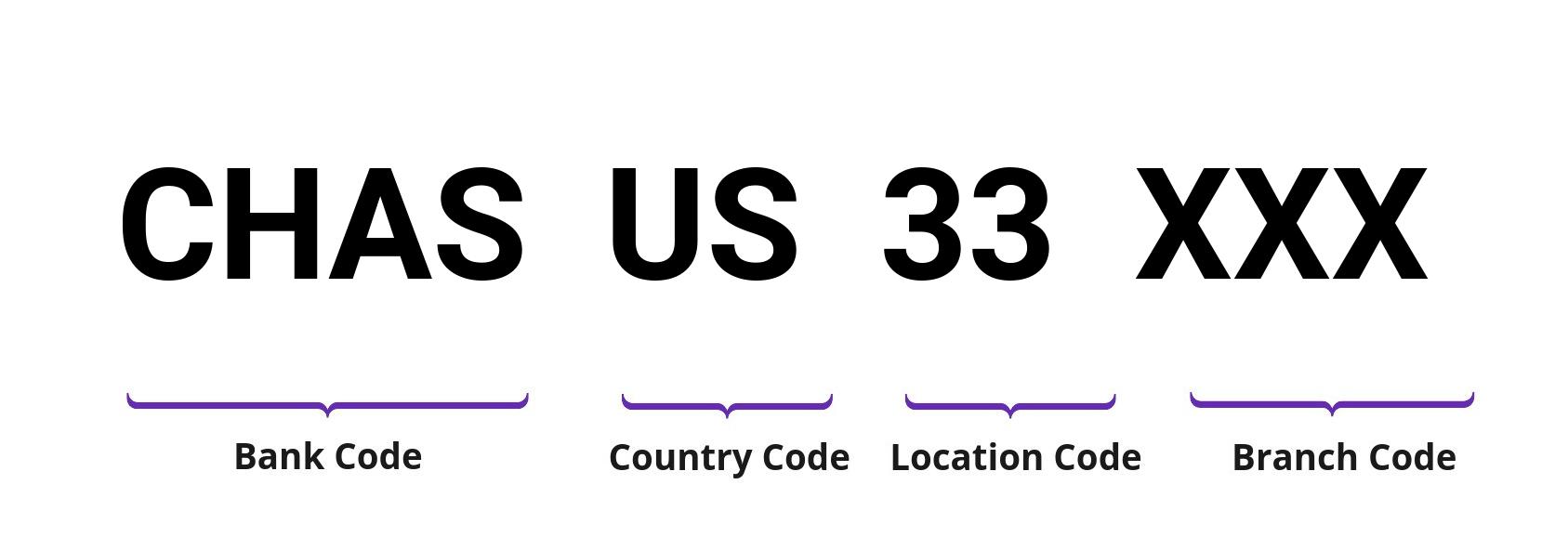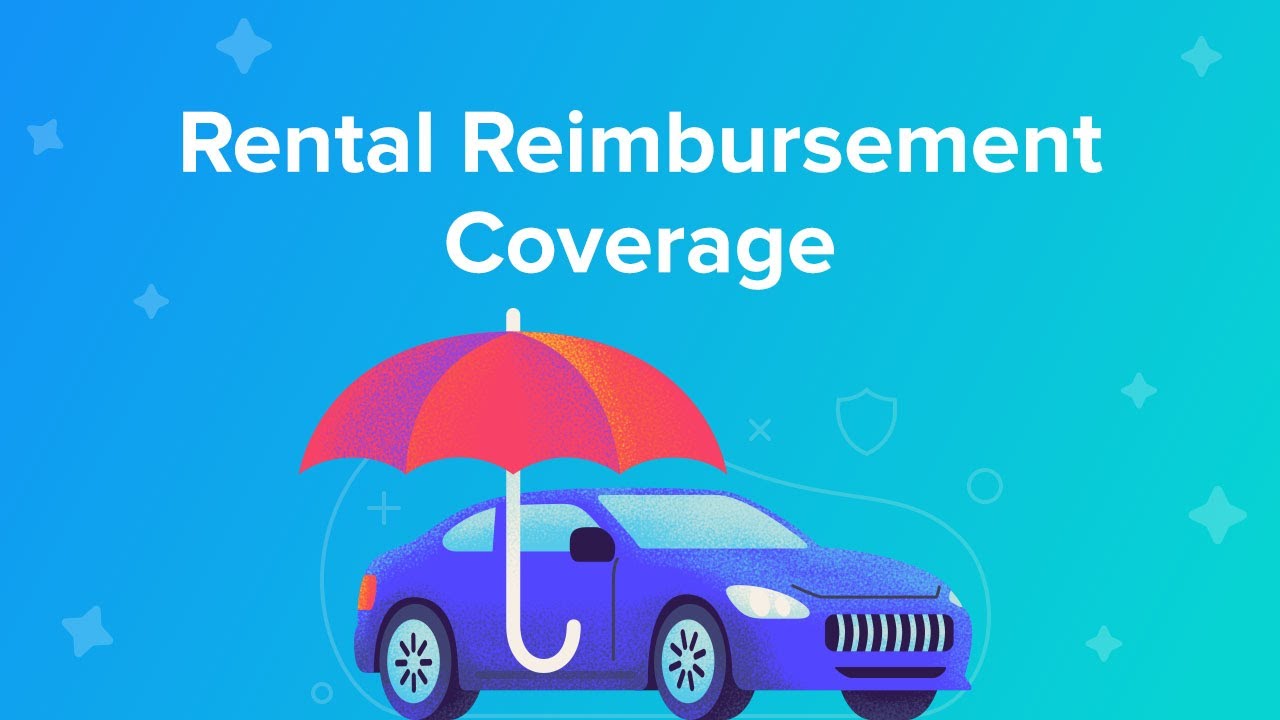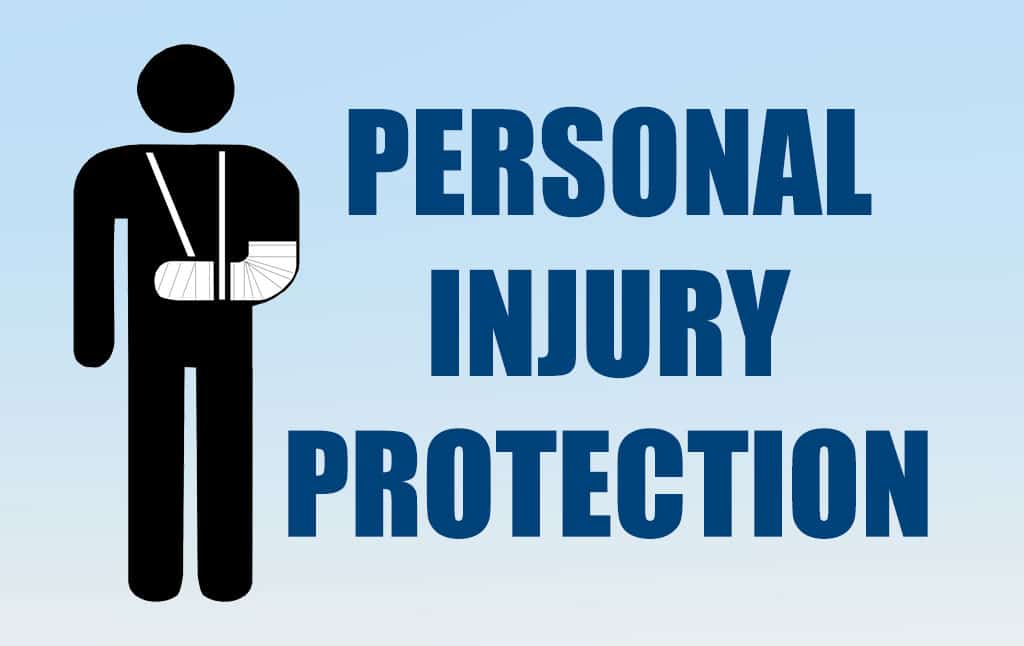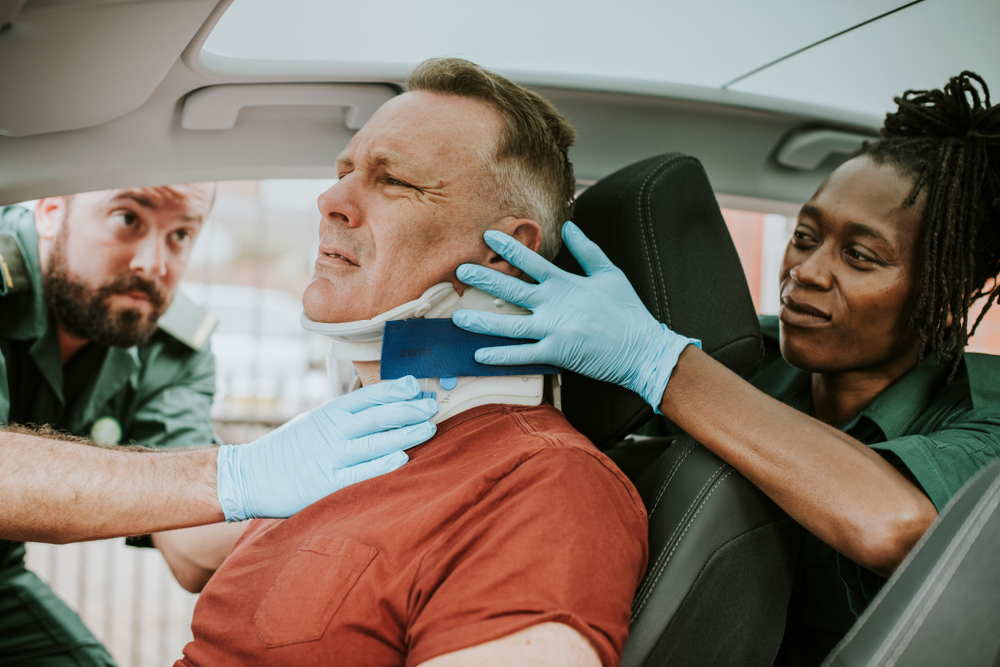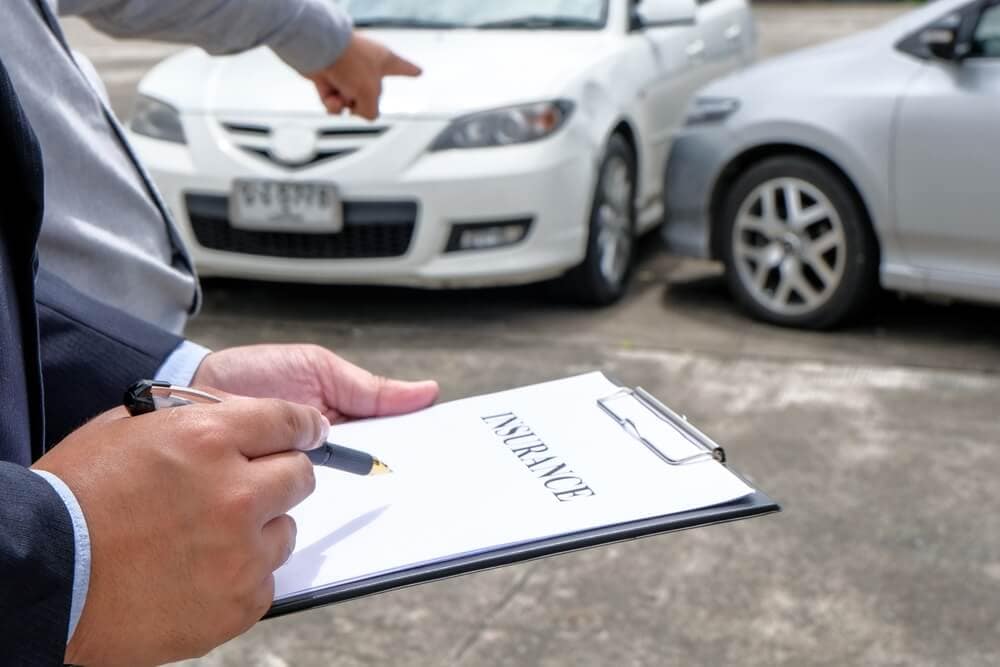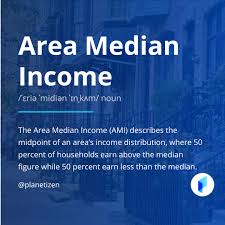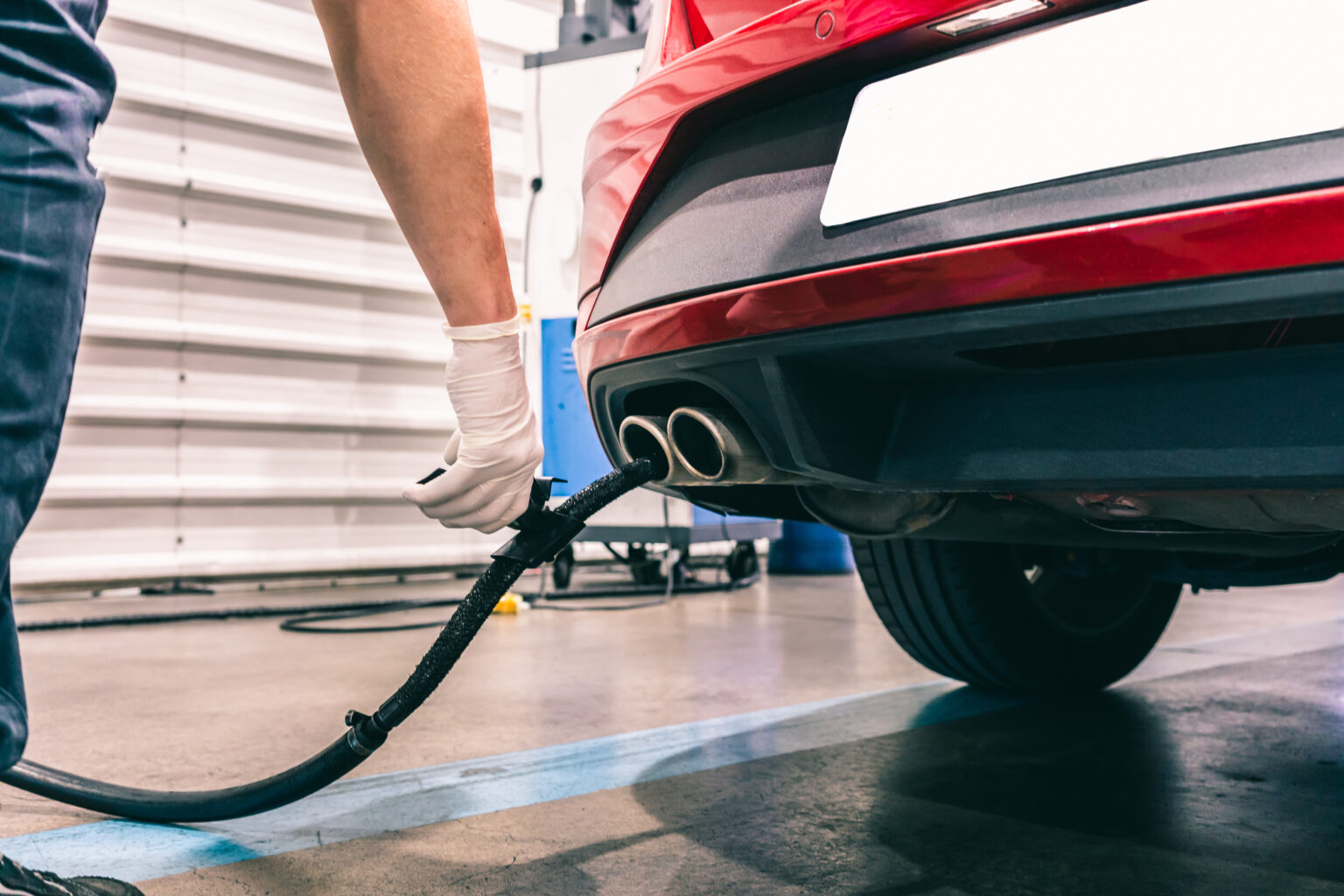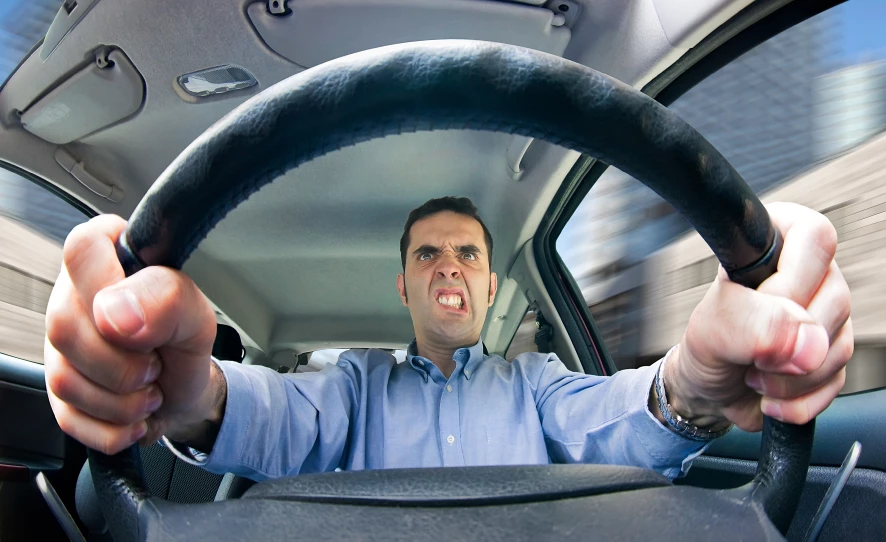While fully self-driving vehicles are not yet available to U.S. consumers, many modern cars now include autonomous driving features such as adaptive cruise control, lane-keeping assistance, and collision avoidance systems. Regardless of automation level, state-required minimum car insurance remains essential. Progressive monitors evolving insurance regulations to provide drivers with the proper coverage and reliable customer service.
Key Takeaways
- Cars with partial automation (Level 2) do not require additional insurance beyond standard liability coverage.
- Autonomous vehicles are expected to improve safety and reduce accidents, but insurance laws may change as technology advances.
- Drivers remain legally responsible for vehicle operation, even when using automated features.
How Autonomous Cars Could Affect Insurance
It is still early to predict the full impact of self-driving cars on the insurance industry. Currently, vehicles with automation features must comply with the same minimum coverage requirements as conventional cars.
Autonomous technologies may reduce accidents caused by distracted driving. In 2023, distracted driving accounted for 3,275 deaths and over 324,000 injuries, highlighting the potential safety benefits of these systems.
Levels of Self-Driving Technology
The Society of Automotive Engineers defines six automation levels:
- Level 1: Basic driver assistance (e.g., cruise control).
- Level 2 – Partial Automation: Vehicle can assist with steering and speed, but the driver must remain fully engaged. Examples include:
- BMW Highway Assistant
- Ford/Lincoln BlueCruise
- GM Super Cruise
- Tesla Autopilot (Supervised)
- Mercedes-Benz Distronic Plus
- Level 3 – Conditional Automation: Vehicle can drive under limited conditions, but the driver must be ready to take over. Mercedes-Benz Drive Pilot is available in California and Nevada.
- Levels 4–5 – High and Full Automation: Fully autonomous vehicles are not yet available to consumers, but Level 4 commercial robotaxi services, like Waymo, exist in select cities.
Are Autonomous Vehicles Safer?
- NHTSA indicates that automated safety systems have the potential to reduce crashes, prevent injuries, and save lives.
- IIHS notes that advanced technologies like collision avoidance systems have significantly improved vehicle safety.
- No system can prevent every accident, so drivers must remain attentive.
Liability and Repairs
- Currently, drivers are responsible for operating their vehicles safely, even with Level 2 automation.
- Repairing vehicles with autonomous technology can be more complex. For example, replacing a windshield may require calibration of sensors for adaptive cruise control or automatic braking systems.
- Progressive partners with equipped repair shops to ensure that vehicles with automation technology are serviced safely and correctly.
How Progressive Prepares for Advanced Technology
- Snapshot program: Personalizes insurance rates based on driving behavior.
- Vehicle Protection plan: Covers major vehicle systems, reducing the need for an extended warranty.
- Mobile app and virtual assistant: Provides 24/7 policy management and support.
Progressive continues to monitor autonomous vehicle trends and regulatory changes to ensure drivers remain properly covered as technology evolves



